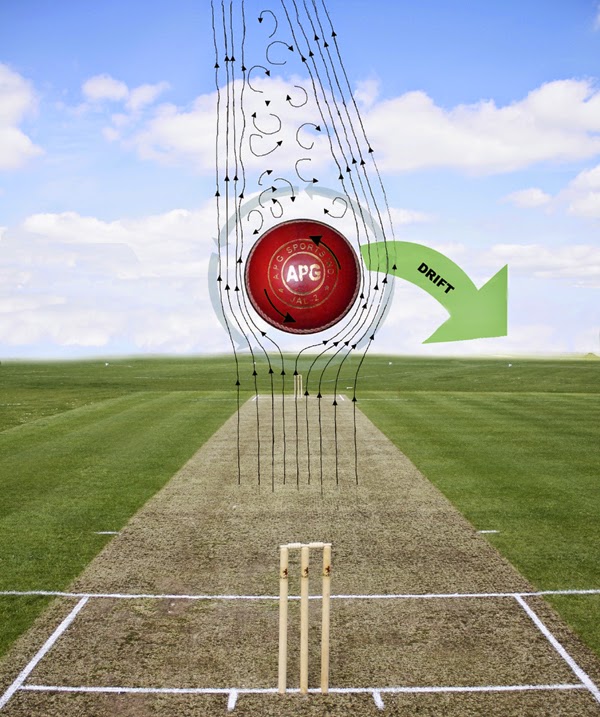someblokecalleddave
Well-Known Member
I'm not refusing to believe it, I've just not seen an explanation or a visual breakdown of what happens that I can comprehend in relation to the Magnus effect. I know what happens, there's all the evidence in the world and all of your explanations, that say it happens, I even get it to happen on the rare occasion, but a part of me wants to know why it happens and how it happens. I just don't see how the Magnus effect causes the drift in the opposite direction to the spin. All of the basic demo's see the ball heading in the direction of the spin. Top spin - the ball goes down, back-spin the ball tries to go up e.g. stops it from dipping. Side spin with horizontal seam the spin is anti-clockwise and the ball follows to the left and vice versa.Your refusal to accept the magnus effect as the cause of drift is somewhat amusing Dave. What is your alternative?

All of those movements make total sense. I can see why a seamer's ball swings left and right, that all makes sense, all of the illustrations and explanations with regards to the turbulence and drag are clear and comprehendible.
But Drift??????? I'm absolutely baffled still


